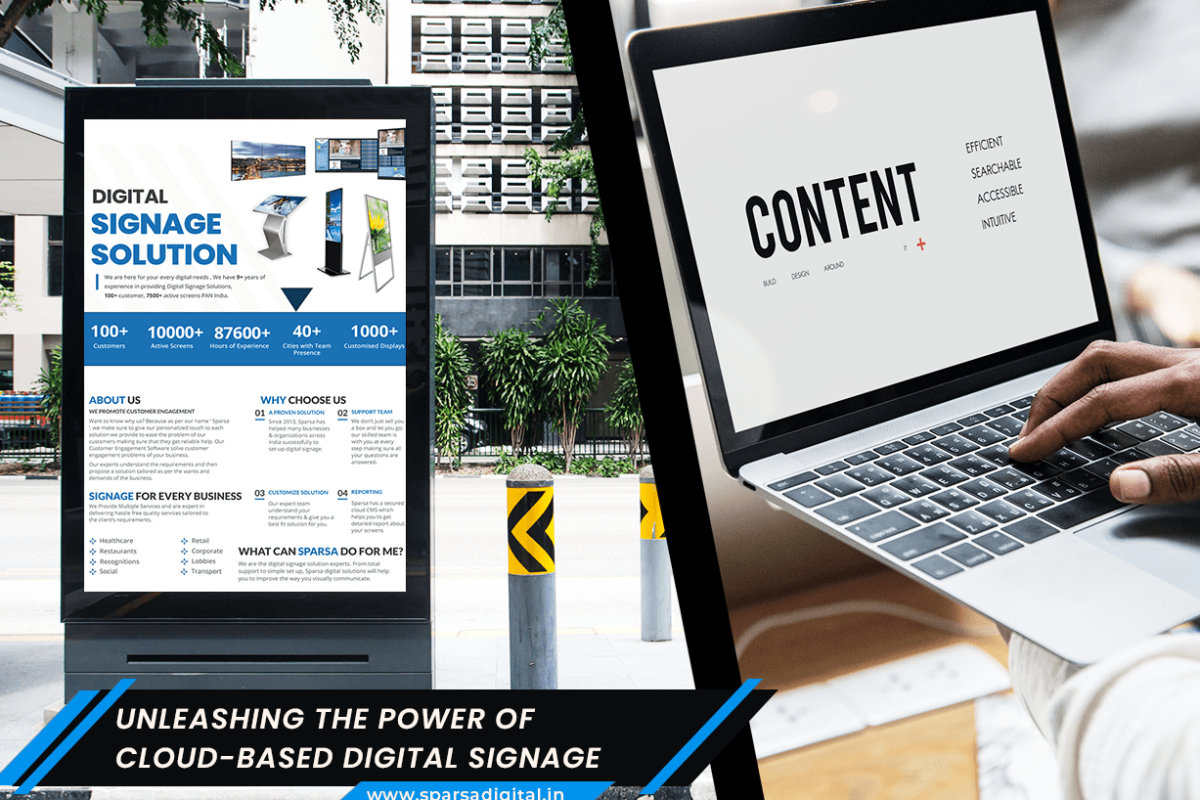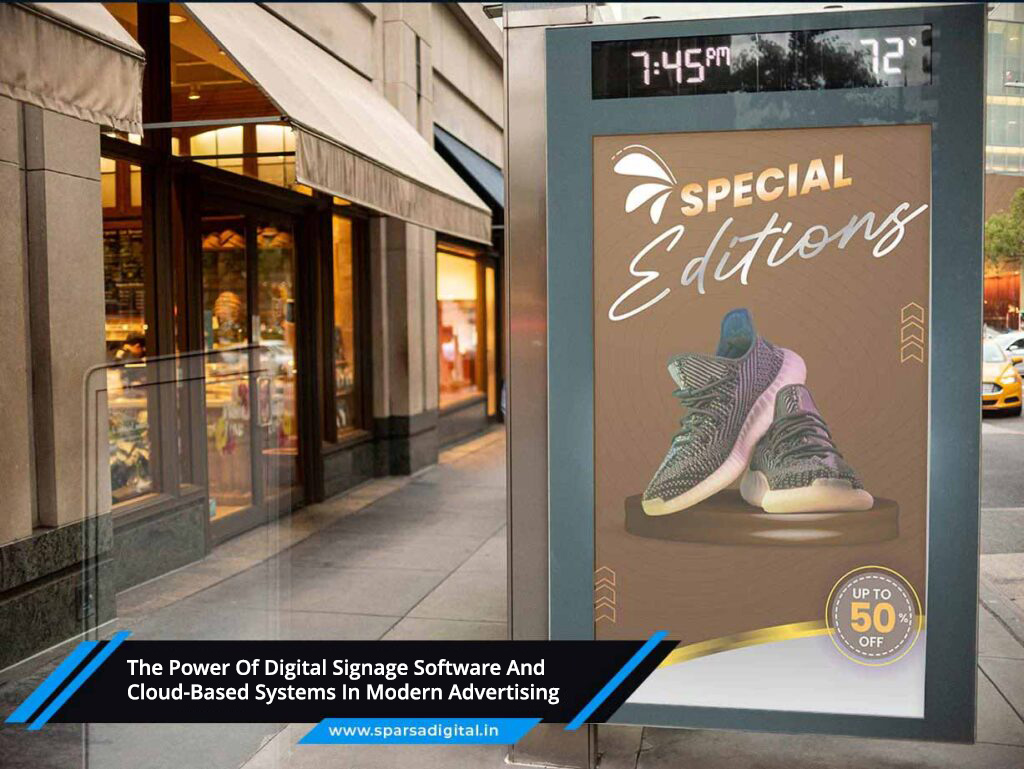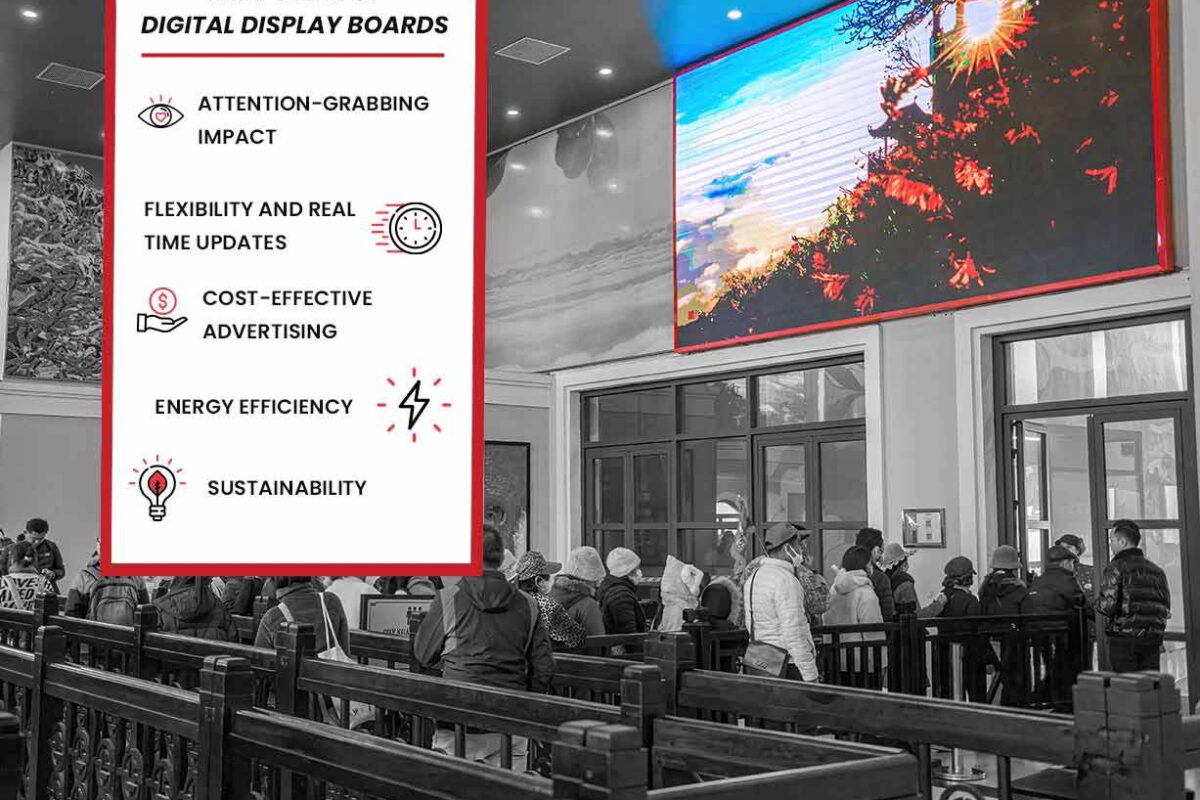In the world of digital displays, LED technology has emerged as a game-changer, transforming the way we consume visual content. LED video walls, in particular, have revolutionized the advertising, entertainment, and information dissemination industries. With their stunning visuals, vibrant colors, and dynamic capabilities, LED video walls have become the preferred choice for large-scale displays in various settings. In this blog post, we will explore the fascinating world of LED video walls, focusing on the advancements in active LED displays and their impact on the industry.
The Rise of LED Video Walls
The journey of LED video walls began with the development of Light Emitting Diodes (LEDs) in the early 1960s. Initially, LEDs were small and used as indicator lights in electronic devices. However, with advancements in technology, LEDs became brighter, more energy-efficient, and capable of producing a wide range of colors. This led to their application in video displays, ultimately giving birth to LED video walls.
Understanding LED Video Walls
LED video walls are large-scale displays created by combining individual LED modules seamlessly. These modules consist of thousands of tiny LEDs grouped together to form pixels, which collectively create an image or video on the wall. LED video walls offer several advantages over traditional displays, such as LCD or projection screens, including superior brightness, contrast ratios, and viewing angles.
The Power of Active LED Displays
Active LED displays represent the next evolution in LED video wall technology. Unlike traditional LED displays, which are passive, active LED displays incorporate intelligent circuitry within each LED module. This circuitry allows for individual control and management of each pixel, resulting in improved image quality, enhanced contrast, and greater color accuracy. The use of active LED displays has transformed the viewing experience, making it more immersive and captivating.
Advancements in Active LED Technology
a. Miniaturization: One significant advancement in active LED technology is the miniaturization of LEDs. Smaller LEDs enable manufacturers to create video walls with higher pixel density, resulting in sharper and more detailed images. Additionally, smaller LEDs are more energy-efficient, contributing to reduced power consumption and environmental sustainability.
b. High Dynamic Range (HDR): Active LED displays are capable of supporting High Dynamic Range, which allows for a broader range of colors, deeper blacks, and brighter whites. HDR technology enhances the visual experience by providing more vivid and lifelike imagery.
c. Flexible and Curved Displays: Active LED displays offer flexibility in terms of form factor. Manufacturers can create curved or flexible LED video walls, allowing for seamless integration into various architectural environments. This versatility opens up new possibilities for creative installations and architectural designs.
d. Interactive Capabilities: Active LED displays can also incorporate interactive features, enabling user engagement and interaction. Touch-enabled LED walls can be used in retail spaces, museums, and other public venues to provide a unique and immersive experience for visitors.
Applications of LED Video Walls
The versatility and impact of LED video walls have led to their widespread adoption across various industries. Some notable applications include:
a. Advertising and Marketing: LED video walls have become a staple in advertising and marketing campaigns, providing eye-catching and dynamic displays that captivate audiences. They are commonly used in retail stores, outdoor billboards, and event venues to promote products and brands effectively.
b. Entertainment and Events: LED video walls have revolutionized the entertainment industry, creating visually stunning backdrops for concerts, music festivals, and stage productions. Their ability to display high-resolution videos and captivating graphics enhances the overall experience for both performers and audiences.
c. Control Rooms and Command Centers: LED video walls find extensive use in control rooms and command centers, providing real-time monitoring and visualization of critical data. Their large format and high-resolution displays enable operators to analyze complex information effectively and make informed decisions.
d. Sports Arenas and Stadiums: LED video walls have become an integral part of sports arenas and stadiums, enhancing the spectator experience with live video feeds, replays, and engaging graphics. They create an immersive environment, bringing fans closer to the action on the field.
Future Trends and Possibilities
As technology continues to advance, the future of LED video walls looks promising. Some potential trends and possibilities include:
a. MicroLED Technology: MicroLED technology holds the potential for even smaller LED pixels, enabling ultra-high-resolution displays with exceptional image quality.
b. Seamless Integration: LED video walls are expected to seamlessly integrate with other technologies, such as augmented reality (AR) and virtual reality (VR), creating immersive and interactive experiences.
c. Energy Efficiency: Continued advancements in LED technology will lead to even greater energy efficiency, making LED video walls a sustainable choice for large-scale displays.
Conclusion
LED video walls, with their active LED displays, have transformed the visual landscape, captivating audiences across various industries. The advancements in active LED technology have unlocked new possibilities, enabling stunning visuals, enhanced color accuracy, and interactive capabilities. From advertising to entertainment, LED video walls have become the go-to choice for delivering impactful and immersive experiences. As technology continues to evolve, we can expect LED video walls to push boundaries further and redefine the way we engage with visual content in the future.





